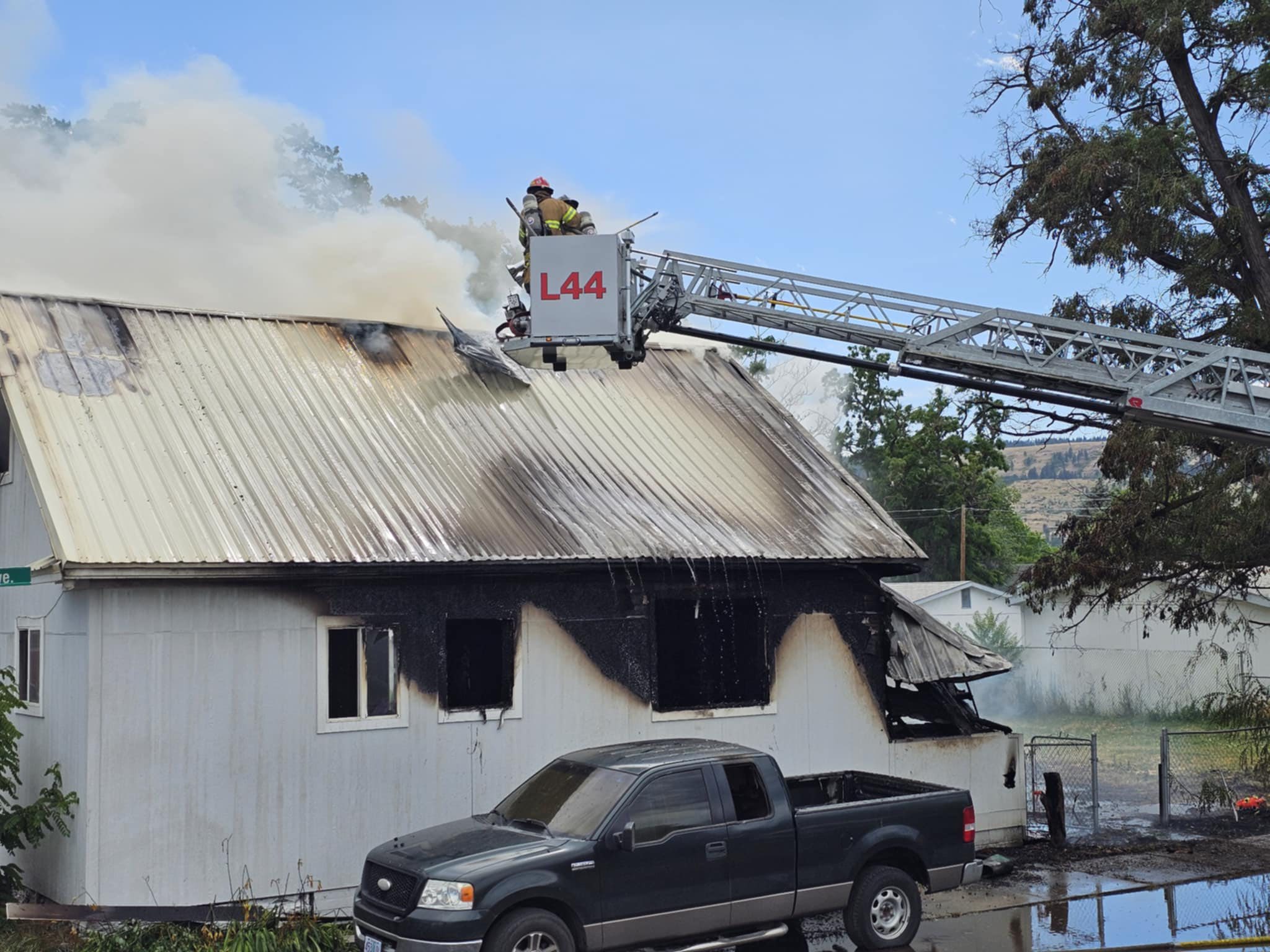Bringing health care to the home
Published 12:01 pm Friday, May 31, 2013
Wallowa County at first glance may seem a world apart from mainstream America, but it has a lot of the same challenges as bigger cities: people are concerned about adequate school funding, clean drinking water, and increasingly, care for the elderly.
In the last 20 years the county’s overall population has remained unchanged, but a closer look reveals a drastic shift in demographics. The school classrooms are shrinking while the retiree population continues to grow.
An aging population isn’t peculiar to just Eastern Oregon, but rural communities have fewer resources and are challenged with how best to care for their elderly.
Senior living facilities are built to accommodate people to “age in place”; perhaps a resident moves into assisted living to be closer to other people and have housekeeping and meals. As they age, their needs increase and so does the level of care.
For some, aging in place happens in the comfort of their own home and organizations such as Wallowa Valley Health Care District’s Home Health Care – where nurses come to a patient’s home – is just what the doctor ordered.
Nora Stangel heads up the three-woman home health team. All three of the nurses – Stangel, Margaret Rystrom and Gwen Thomas – are highly skilled and experienced.
Stangel is an Oregon Health Sciences University graduate,
and before her 27 years in home health, she worked at St. Charles Hospital in Bend.
She said though the county’s home health care is not an official Medicare hospice program, it does provide quality end-of-life care and goes beyond bathing, cooking and cleaning.
To qualify for home health, one has to be deemed home bound – typically that means unable to drive.
“Sometimes people don’t know about home health care until it affects them,” Stangel said.
Rystrom has worked with Stangel for three years and said, “Working around death and dying, we are there during the most vulnerable times.”
Rystrom came to Enterprise from west Portland where she worked for St. Vincent’s Hospital. She said after she got her master’s degree at the University of Portland she worked in the “float pool” serving every department from neurology, orthopedics, surgery and psychiatric to chemo therapy.
“It was the best decision I ever made. I wanted to come out here and nurses have to be able to do everything,” Rystrom said.
Something else Rystrom had – not being attached to a particular floor – was autonomy, something all three say is a benefit to the job.
“We all have our own strengths,” Rystrom said. “Nora is the problem solver.”
Stangel said, “Teaching people to go through situations like death and dying – it takes a special kind of person to assist through hard times.”
All three agreed that problem solving and critical thinking were as integral as their medical backgrounds – each home situation is different from the next.
One of the things the program does not have is a social worker, so each of them have the opportunity to help their patients get other kinds of care they need like bathing, cooking, cleaning, a ride to a doctor’s office, or services provided by Community Connection like heating assistance or access to the food bank. They can even contact a minister when one is requested.
As part of their medical duties, the nurses provide assistance from suggesting low-fat and low-sugar diets for diabetics and heart patients, to assisting with medication changes and wound care.
“Those with wound care need to be close to home so they don’t get reinjured or reinfected,” Stangel said.
People with terminal health care needs may suffer from heart or lung disease, or are not ambulatory. Stangel said most terminal care is anticipated, but something like a stroke can come on at any time.
A service that is allowable through Medicare is physical therapy and with the hospital’s growing department, home-bound patients can receive excellent care.
“We are able to have physical therapy come into the home if a patient had a stroke, knee, or hip replacement,” Stangel said.
Thomas is the newest to the fold with 19 years working with shut-ins along the central coast of Oregon from Florence to Bandon.
“Working home health care is not like working in an institution – you get to go outside,” Thomas said. “And you are connecting way differently. In a hospital you are helping people get better and get home.”
“You almost become part of the family,” Stangel said.
Rystrom said she’s heard a lot of stories from her patients. “I’ve lived here three years and I know the history of this county like nobody’s business. That’s the personal part. It’s not just about wound care.”
Stangel said they try and keep the same schedule and see the same patients, but at times have to fill in for each other.
“One might see a different angle on a case, or a patient may respond better to a different nurse,” Stangel said.
Thomas said she prefers home care over working as a hospital nurse. “There’s something so different seeing them in their own homes. Hospitals are more predictable – that’s the adventure.”
Contact Katy Nesbitt at 541-786-4235 or knesbitt@lagrandeobserver.com. Follow Katy on Twitter@lgoNesbitt.








